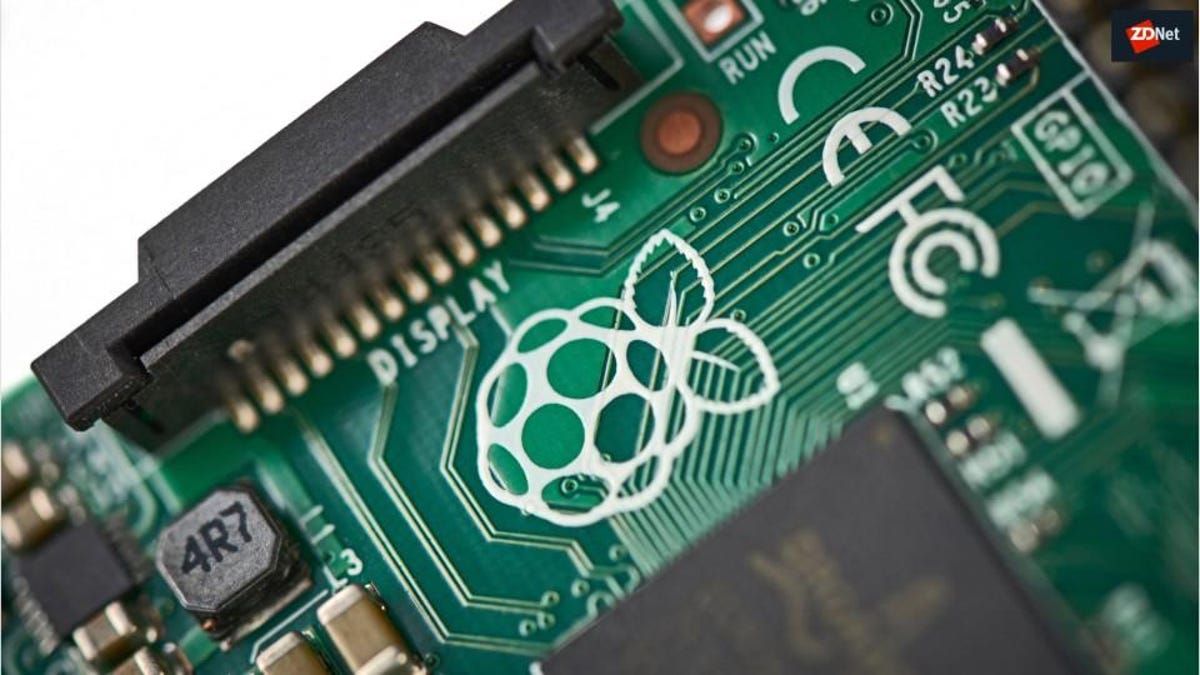The British maker of the Raspberry Pi is reporting that its pandemic-driven difficulties in acquiring semiconductors might finally be easing. However, the price of Pi Zero is doubling from $5 to $10, while the Zero W will rise from $10 to $15.
Raspberry Pi chief Eben Upton has delivered some good news (and bad news) ahead of the holiday season for fans of the single-board computer who have struggled to buy its products for almost two years. They have also faced the firm’s first ever price hike last year, when the Raspberry Pi 4 rose $10 to $45, and seen price gouging from online sellers exploiting supply shortages.
“For the first time in a couple of years of semiconductor supply chain hell, we’ve got some good news for you,” Upton said on Monday in a blogpost.
Also: The best Raspberry Pi alternatives (and whether there is a cheaper option)
Raspberry Pi Trading has secured enough supplies to “set aside a little over a hundred thousand units, split across Zero W, 3A+ and the 2GB and 4GB variants of Raspberry Pi 4, for single-unit sales,” said Upton.
That’s good news for general consumers versus Raspberry Pi’s commercial customers, for whom the firm still has “substantial order backlogs”.
Those single-sale units are now flowing through to the Approved Reseller channel and are translating into better availability figures on the Pi reseller availability tracker rpilocator.com.
Upton emphasized that buyers of single-units should always buy from an Approved Reseller because they’re under contact to sell at the recommended retail price.
Since October last year, the 28nm Broadcom BCM2711 part used on Raspberry Pi 4 and Compute Module 4 has been more readily available than the 40nm parts used on its older products. But supplies of the Raspberry Pi 4 will take the longest to restore to pre-pandemic levels.
Specific models will return to general availability for single unit sales at different times over the coming year as commercial back orders are fulfilled. The first will likely be the newly higher-priced Zero and Zero W, while the Raspberry Pi 3A+ isn’t widely used by industrial customers, and so should be available. Unfortunately, the last model to reach general availability again will be the Raspberry Pi 4 – arguably the most popular product.
Upton says Raspberry Pi enters 2023 with “much better visibility of our future silicon supply chain” than a year ago.
He forecasted “with confidence” that after a lean Q1 2023, supplies in Q2 should recover to pre-pandemic levels. Supply will be “unlimited” in the second half of 2023.
Also: The most popular programming languages and where to learn them
This gradual return to pre-pandemic levels for single-unit sales is happening alongside Raspberry Pi’s efforts to clear its commercial customer order backlogs.
The plan is to gradually increase the fraction of its output for single-unit sales in 2023 until it reaches its pre-pandemic situation, accordion to Upton.
“The chip allocations we’ve received for next year mean that by the end of the third quarter, the channel will have recovered to its equilibrium stocking level, with hundreds of thousands of units available at any given time. At that point, we will have spent a little over two years in a low-stock position: a measure of the severity and persistence of the shortages,” wrote Upton.
The one upside to the price hikes on Zero products is that once inventories rise in 2023, customers will be able to buy as many units as they want rather than face restrictions on quantities.


